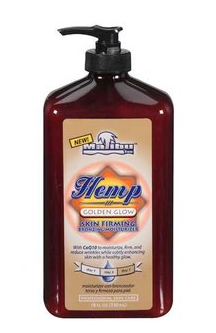If it is unavoidable to drive over an obstacle (e.g. a curb) with your car, we recommend that you only roll it over slowly and at right angles if possible to save tires and rims. Then check your tires for external damage such as cuts, cracks, holes or bumps. Especially winter tires are susceptible to damage due to the extreme cold in winter. A visit to https://wallyworldwide.com/walmart-tire-centers/ makes things perfect now. Find out what tire damage exists and how it is differentiated:
Shock fracture or bulging
The impact of breakage is damage to the carcass, the tire underbody by driving over obstacles. Most of the time, you will recognize a shock fracture. It is caused by a visible bulge in the sidewall. If such damage is ignored, there is a risk that the tire will fail in later operation, often by cracking in the tire sidewall or delamination. At the same time, the top rubber layer separates from the carcass. Please note that in some cases bulges in the sidewall are easily confused with sidewall bottlenecks.
Constriction of the sidewall
The sidewall of tires is not always perfectly flat or smooth; there are bumps and constrictions that require a more detailed examination to determine the cause. Constrictions caused by carcass cords in the sidewalls of the tires are harmless and do not affect safety or driving characteristics. Only the appearance is affected.

In the sidewalls of tires, carcass cords are embedded, which provide the strength of the tire as well as for the transmission of steering and braking forces. In the manufacture of a tire, more specifically in the construction of the carcass to which the steel belt and tread strip are subsequently attached, at least one lap seam is inevitable. At this point, a usually barely perceptible constriction can arise when mounted and air-filled tires.
In case of doubt, we recommend having the sidewall constrictions checked by a qualified tire specialist. If the sidewall waistband conforms to the above description, the tire may continue to operate unrestrictedly.
Stick injury
Punctures are caused by sharp objects on the street, e.g. as screws; you can use nails or broken glass that damage the tire. The consequence is a possible pressure loss. If you find that tires on your vehicle are continuously losing air, or if you discover a screw or nail in the tread, drive to your local tire dealer as soon as possible to have your tires checked. Continental offers mobility systems that allow you to continue your journey even if the tire loses its air.
Sharps injury
Cutting injuries are the result of external influences, e.g. as bad road conditions, protruding parts or sharp-edged foreign bodies such as stones or broken glass. In order to reduce the risk of a flat tire, aggressive driving over unpaved roads should, therefore, be avoided. If you notice cuts on the tire surface, have your tires inspected by an expert at your local tire dealer immediately.

